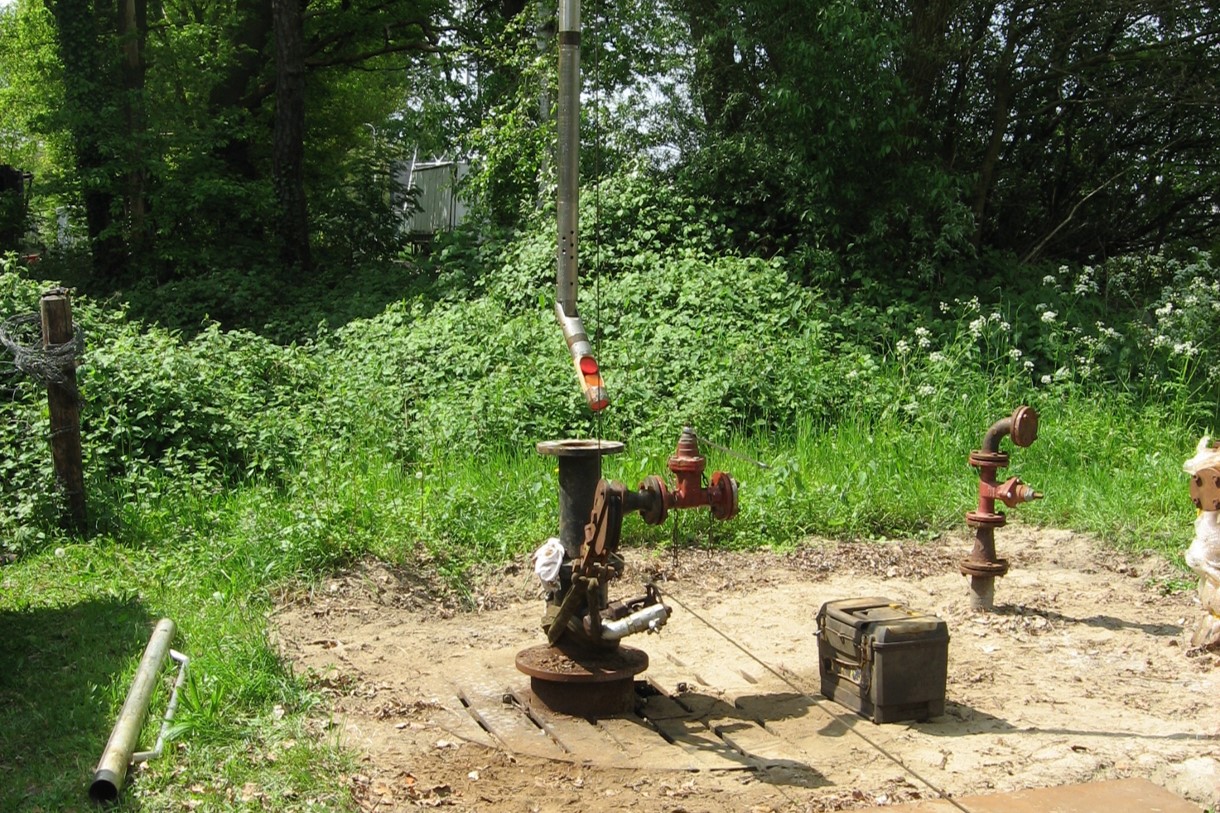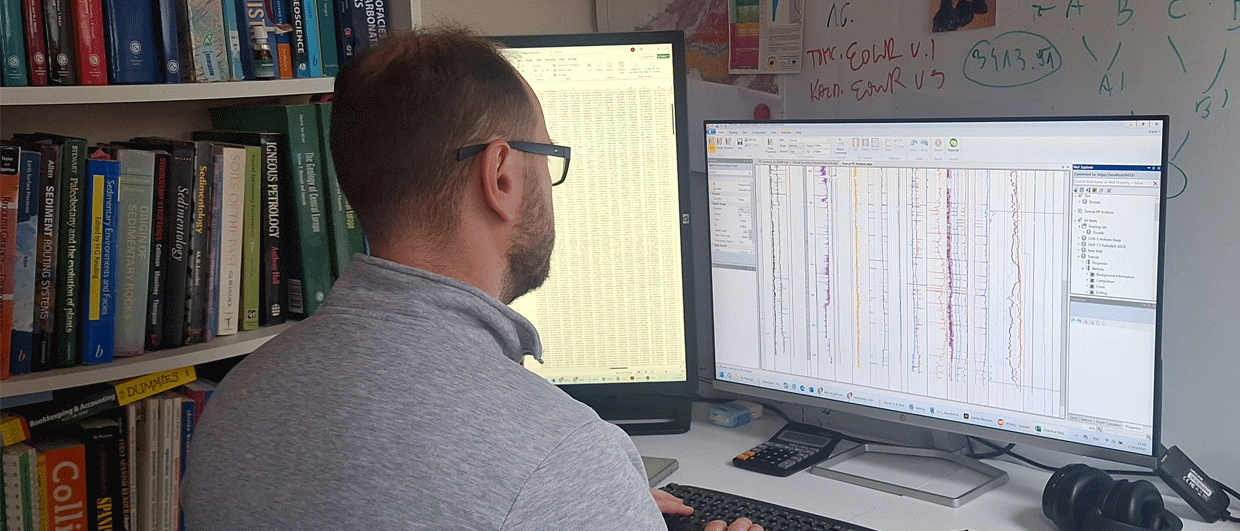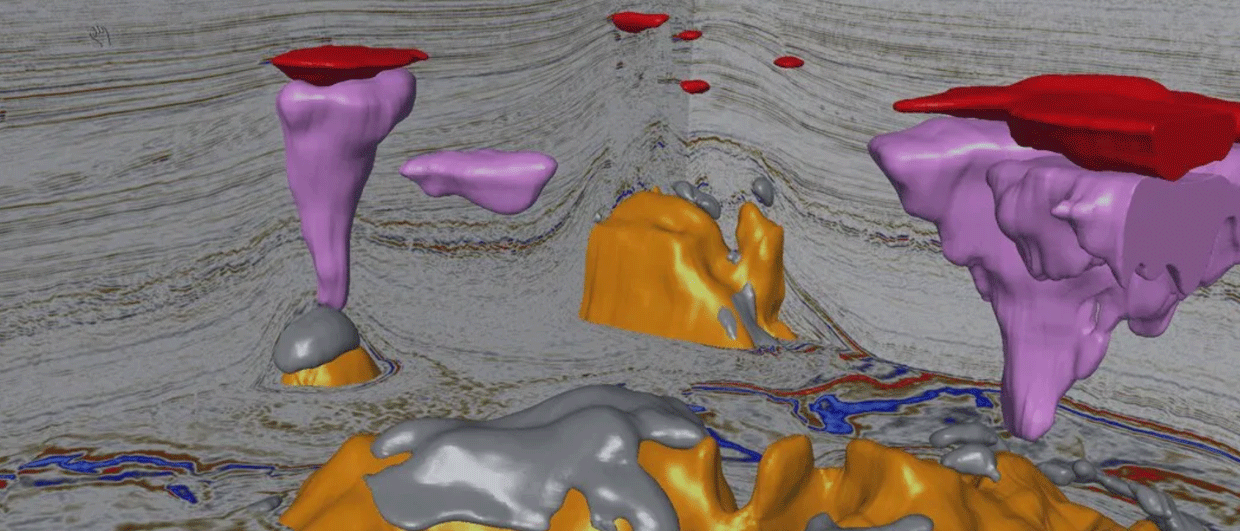dGB Earth Sciences and PanTerra Geoconsultants initiated the petition for members of the geoscience community to sign and thereby support the creation of a Digital Well Database, in alignment with the Open Group OSDU Forum data platform.
Nothing wrong with this, of course.
However, it caused some tension because TNO – Geological Survey of the Netherlands –maintains a public domain database for all boreholes drilled in the on- and offshore through the NLOG portal. This is not a voluntary task; it is done through governmental mandate.
Why would dGB Earth Sciences and PanTerra Geoconsultants launch an initiative to create a new well database?
This is why we got in touch with Paul de Groot, co-founder of dGB Earth Sciences and one of the initiators of the petition to hear about the background to the initiative and what they are aiming for. We also spoke to Ilja de Winter, account manager E&P subsurface data at TNO.
Paul de Groot: “We are very well aware of the fact that TNO have a mandate to supply well data to the public and they have done this well for a long time. We also realise that the Netherlands as a country has had a pioneer role in this, given that well data have been in the public domain for many years, whilst in other countries such as the UK, data was much harder to get hold of.”
“However, with recent developments in the areas of standardised open-source data formats and machine learning capabilities in mind, there is the awareness that the well data currently available through NLOG doesn’t lend itself for these kinds of exercises. Data still needs to be downloaded manually and per well, which simply takes up too much time for the things that can be done nowadays,” adds Paul.
“For that reason, we would like to help catalyse the transition towards a database that can be utilised with present-day processing capabilities to ultimately get more out of this wealth of data and support the energy transition,” he says.
Finally, Paul reiterates that their consortium is not up for reinventing the wheel. Yet, he sees the initiative to launch this petition first and foremost as a way to accelerate the process towards something that he sees as the future of subsurface data analysis, a process he thinks their consortium can play a role in, in collaboration with TNO.
Ilja de Winter is the account manager E&P subsurface data at TNO – Geological Survey of the Netherlands, and in this role, he oversees developments with regards to the NLOG data platform that hosts most of the public domain subsurface data.
“Let me stress that there are elements in the way we host/present the data that can be improved, there is no doubt about that. We are open to discussing alternative models with our stakeholders. In a way, launching an idea such as the petition is a positive thing because it may form an incentive for the government and industry stakeholders to increase funding in order to accelerate developments.”
Ilja adds: “What is important to realise is that in recent years a significant effort has been directed towards developing the National Key Registry of the Subsurface, in which certain types of mining data will also be hosted. In addition, there are other demands from organisations we need to consider as well. As an example, we have now implemented a new system for operators to provide their production data because issues were flagged on the way it was done before.”
The best way to move things forward is to talk to one another, and that is what is now on the agenda. Ilja concludes: “We have now scheduled a meeting with representatives from dGB and PanTerra Geoconsultants to discuss possibilities and ambitions. It allows us to better explain the initiatives currently ongoing and see how we can work together to achieve a better service.”
HENK KOMBRINK




